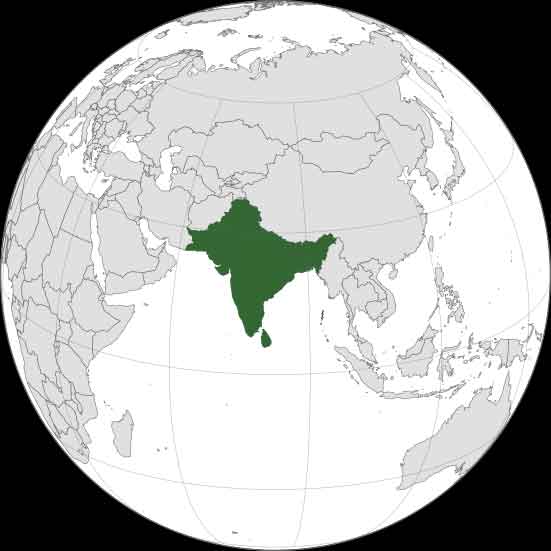
With a long collective history and geographical proximity, the goal of forming an integrated vision for South Asian countries seems like a natural outcome. The South Asian Association of Regional Cooperation (SAARC), formed in 1985, was an ambitious move to fulfil the goal of South Asian solidarity. The aim of SAARC was to “strengthen cooperation among themselves to accelerate economic growth, social progress and cultural development in the region.” While PM Narendra Modi of India claimed to pursue a neighbourhood first policy, the underlying nationalist ideology of his policies has meant a setback for a shared South Asian vision of development.
The Case of Bangladesh
Contrasts in views about national development amongst SAARC countries are sharper than ever before. International Monetary Fund (IMF) has recently predicted that the per capita GDP of Bangladesh will overtake that of India in 2020. This has led to some negative reaction in India. In comparison to the protectionism of nationalist economic policies of countries such as India which are now emphasizing on investing locally, Bangladesh’s outward orientation and export led model of growth has contributed to its economic development.
While India continues to perform poorly in human development indicators, Bangladesh model of development has been better for human development. In Bangladesh, there has been massive improvement in the health sector with significant decrease in infant, child and maternal mortality rates. There has also been growth in primary school enrolment. In contrast, life expectancy was higher in India in 1990 but after that it has rapidly decreased. “Bangladeshis currently have a life expectancy three years longer than a typical Indian or five years than a Pakistani.” If India instead of learning from the development models of other developing neighbouring countries, views them in solely competitive terms, it does damage to its own prospects.
On 29 September 2020, the sixth round of Bangladesh-India Foreign Ministers’ consultative meeting took place. Several issues were discussed such as the repatriation of displaced Rohingyas. Here, the sticking point is the contentious relationship between nationalism and human rights. India has recently adopted policies which beat the spirit of human rights- the equal dignity of all human beings. There have been conflicts in India’s relationship with Bangladesh due to its nationalist approach towards citizenship and migration. India’s implementation of National Register of Citizens (NRC) and Citizenship Amendment Bill (CAA), both of which are problematic for human rights, has led to discontent amongst Bangladeshis.
Border Disputes with Nepal
Indian Army Chief will be visiting Nepal in November 2020. However, the planned visit comes in the backdrop of a border dispute with Nepal.
One of the goals of SAARC is to contribute to mutual trust, understanding and appreciation of one another’s problems. However, a recent border dispute with Nepal went against this purpose by strengthening the “trust deficit” (a term used by Lok Raj Baral, former Nepali diplomat) between India and Nepal.
On 8th May 2020, India’s Defence Minister Rajnath Singh inaugurated the 80 km long strategically important Lipulekh road, which will serve as the shortest route between India’s capital New Delhi and Kailash-Mansarover- a popular Hindu pilgrimage site. The Defence Ministry said in support of the construction that now the travel to Kailash Mansarover would be very short. India’s Nationalist government has consistently tried to encash upon the religious devotion of the Hindu majority. A construction of a road with appeasement of Hindu piligrims as one of its goals led to a strained relationship with Nepal. Appeasing the religious majority is one of the components of nationalism.
The ties between India and Nepal suffered a setback following the inauguration of the road connecting the Lipulekh pass with Dharchula in Uttarakhand. Nepal protested against the inauguration of the road by saying that it passed through its territory. Nepal came out with the new map which showed Lipulekh, Kalapani and Limpiyadhura as its territories.India too published a map showing the territories to be its own in November 2019.
Conclusion
India is losing ground with other South Asian countries such as Sri Lanka and Maldives as well. Sri Lanka and Maldives are increasingly coming under China’s influence and ever-deteriorating India-China ties makes it worse for Indian interests.
Foreign policy is influenced by the ideological underpinnings of the domestic politics. The ideological base of the ruling establishment of India needs to be rectified in order to develop better cooperation with its South Asian neighbours.
(Manjima Misra has studied English Literature at University of Delhi. She is the author of two books : ‘Unapologetically Mad’ and ‘Indian Feminine Fury’.)
SIGN UP FOR COUNTERCURRENTS DAILY NEWSLETTER
















































